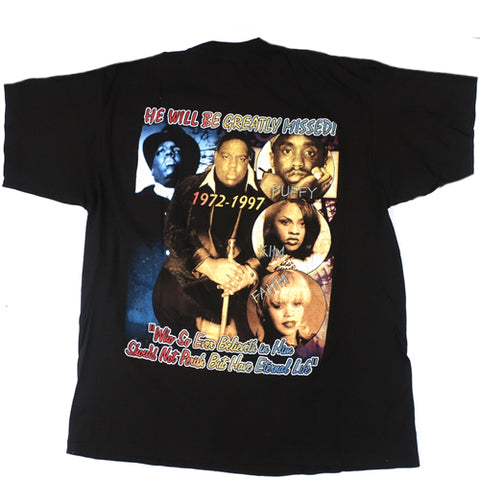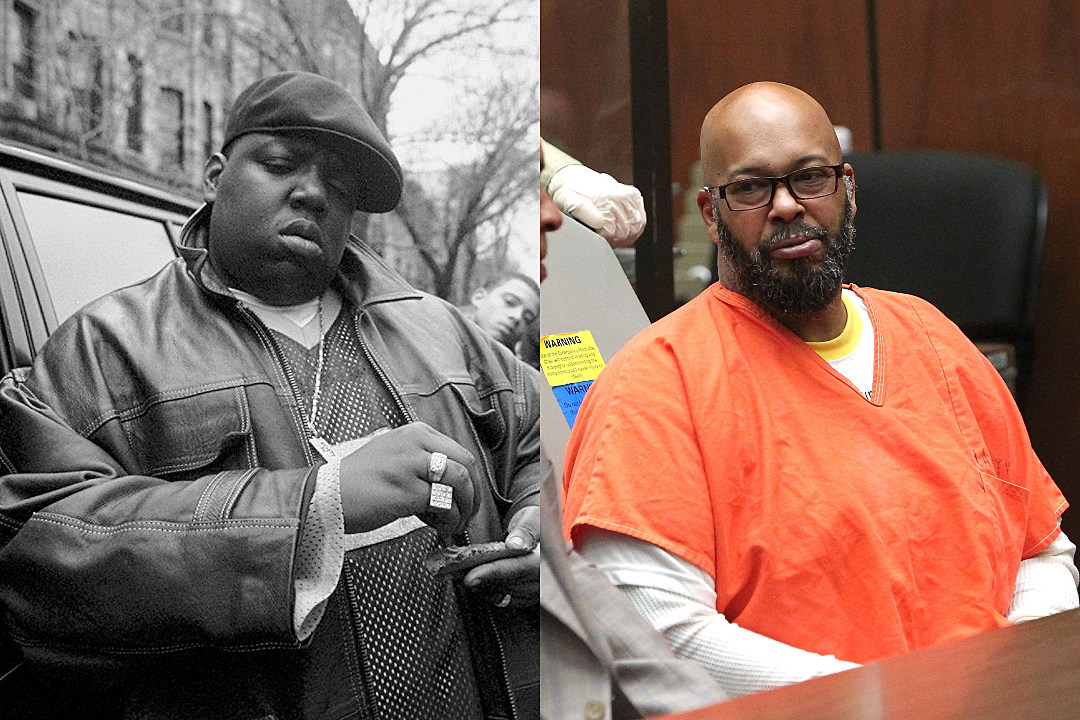

An anti-violence hip-hop summit was held in the wake of Shakur's death. Almost immediately fingers were pointed in Wallace's direction, which he denied, claiming that he was in New York at the time. Six days later, he perished due to complications from the gunshot wounds. On September 7, 1996, Shakur was shot multiple times in Las Vegas in a drive-by shooting. Recording of Wallace's second album began in September 1995, although the 18-month process was frequently interrupted by not only the highly publicized dispute he was tangled up in, but injury and legal trouble, stemming from charges of second-degree harassment and possession of weapons and drugs. While they denied the accusations, Shakur signed onto Death Row Records in 1995, and Bad Boy Records and Death Row, now business rivals, became involved in an intense feud. In 1994, Tupac Shakur, his former friend and associate, believed that Wallace, Combs and Uptown Records founder Andre Harrell, had prior knowledge of a robbery in the same recording studio that Wallace and his entourage were in at the time of the incident that resulted in Shakur being shot repeatedly and losing thousands in jewelry.

Unfortunately, Wallace became involved in the infamous West Coast/East Coast hip-hop quarrel. The album was a success, reaching #13 on the Billboard 200 chart and was very well received by critics and listeners alike, to the point that it's considered one of the greatest hip-hop albums of all time. (the letters stood for Business Instead of Game).Īfter more successful appearances on hit songs (and his solo track "Party and Bullshit" appearing on the Who's The Man? soundtrack), and a marriage to singer Faith Evans just nine days after meeting her at a Bad Boy photoshoot, Wallace released his first album: Ready to Die. Blige's "Real Love," but later found out that his original pseudonym Biggie Smalls was already in use, so he adapted a new moniker: The Notorious B.I.G. Later that year, Wallace gained exposure on a remix to Mary J. However, soon after signing the contract, Combs found himself fired from Uptown and started up a new label, Bad Boy Records, which Wallace quickly became a part. This lead to a chain of events that resulted in him teaming up with Uptown Records A&R and record producer Sean "Puffy" Combs.

"B.I.G." and "Biggie" were rather apt names, as he stood at 6'3'' and weighed between 300 and 380 pounds.Īfter a childhood of crime caught up with him, Wallace decided to focus on his other talent: Rapping, under the name Biggie Smalls. Christopher George Latore Wallace (March 9, 1997), known by several stage names such as Biggie Smalls, note after a fictional gangster in the 1975 film Let's Do It Again The Black Frank White, note after Christopher Walken's character in King of New York and Big Poppa, but most prominently by The Notorious B.I.G., was an American rapper.


 0 kommentar(er)
0 kommentar(er)
